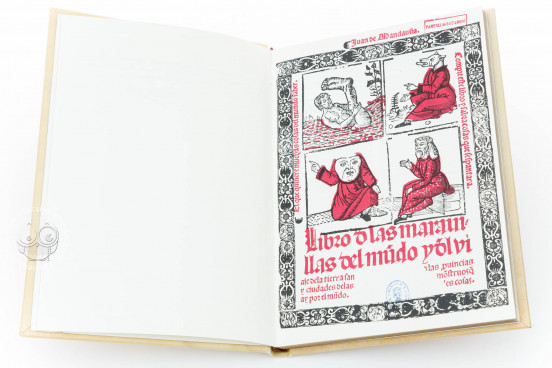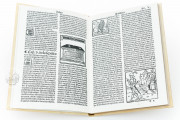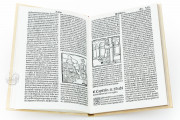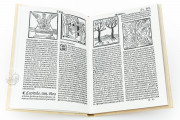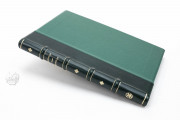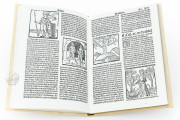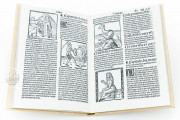This edition of the travel book Libro de las Maravillas (Book of Marvels), the Aragonese translation of the French text known popularly as Mandeville's Travels, was printed in Valencia in 1524. The copy in the Biblioteca Nacional de España numbers among the most valuable books in the library. The text, originally written in the second half of the fourteenth century, relates the adventures of Sir John Mandeville, a fictitious English knight who, according to the story, traveled the world for twenty-four years beginning in 1322.
The 1524 edition is illustrated with 131 woodcuts, some of which are repeated, that serve as visual elucidation and elaboration of the text. Its title page, which shows four fantastic creatures described by Mandeville, is one of the most famous images among the printed editions of the text.
A Superb Edition of a Late Medieval Best-Seller
According to the colophon, this early Spanish-language edition of the Travels was published in Valencia on 13 October 1524. It is a combination pilgrim's guide to the Holy Land and descriptive geography of places even more remote from Europe, all told in the first person. The text, printed in two columns, is punctuated by woodcuts illustrating the places, peoples, and creatures described by Mandeville.
A Tantalizing Title Page
The four fantastic creatures pictured on the title page were commonly included in medieval and early modern bestiaries, travel literature, and maps: a sciapod (which used its big foot to shade itself from the sun); a cynocephalus (dog-headed man); a blemmya (a creature with its face in its torso); and what Mandeville calls a panotus (which uses its large ears to keep its body warm). Printed in black and red, the title page informs readers to buy the book if they want to learn many things about the world.
More Than a Hundred Images
The column-width woodcuts that illustrate the text include depictions of the topography, plant life, peoples (many in manifestly non-European garb), and—most famously—fantastic creatures of the places described. There are also dozens of scenes from the lives of Christ, the Virgin Mary, and Christian saints in the first portion of the book, which focuses on holy sites associated with the events and persons depicted.
The Most Successful Book of the Late Middle Ages
The account of Mandeville's worldly travels was one of the most popular texts in late medieval and early modern Europe. The various descriptions of the holy places and strange peoples Mandeville saw and exotic places he visited attracted the attention of European readers, and the book became—together with Marco Polo's earlier Travels—the most celebrated and widely published works of the time. Among the book's early readers was Christopher Columbus (1451-1506), as this copy attests, who was heavily influenced by it when preparing for his voyages across the Atlantic.
We have 1 facsimile edition of the manuscript "Libro de las Maravillas of 1524": Libro de las Maravillas del Mundo facsimile edition, published by Vicent Garcia Editores, 2002
Request Info / Price
